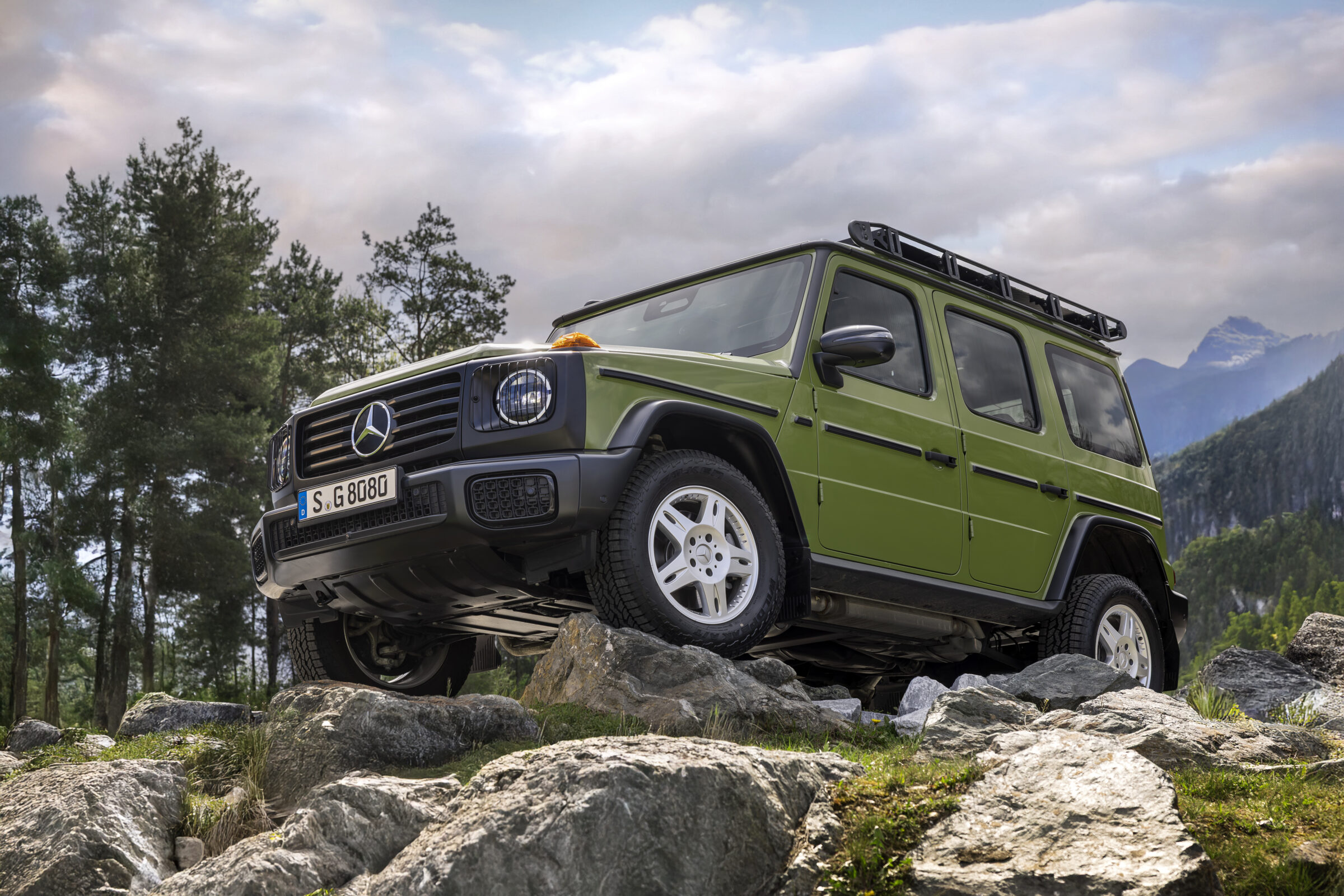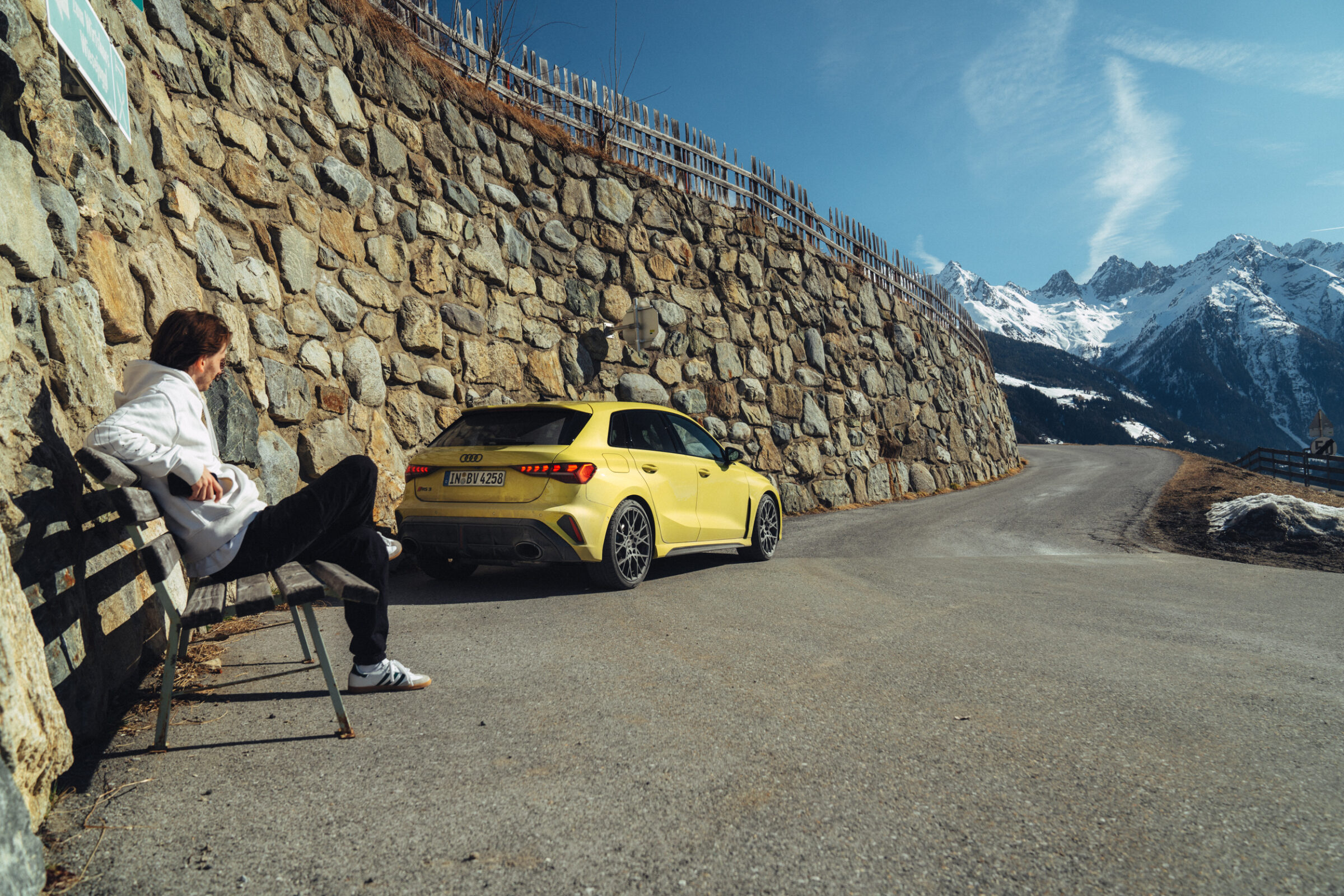Citroën 2CV 4×4 Sahara
How would you develop an all-wheel drive vehicle? You would probably start with the powertrain, possibly pay attention to good weight distribution, and only design a body at the end, wouldn’t you? Citroën went the opposite way in the late 1950s. At that time, France still had numerous colonies in North Africa. Different vehicles were needed there than in continental Europe. Citroën therefore further developed the 2CV, which had already been successfully places on the market. While the body remained almost unchanged, the engineers concentrated especially on everything underneath. Instead of giving the small two-cylinder boxer engine a propshaft to the rear axle, they came up with a different solution. The 2CV 4×4 Sahara, first presented in 1958, was simply fitted with a second engine and transmission as well as a reinforced frame with underride protection. The second powertrain uses the space reserved for luggage in the normal 2CV.
Two keys, one gearshift
This 2CV variant has four-wheel drive only when both engines are running. Alternatively, it can be driven with the front engine only or with the rear engine only. Both start with separate keys on the dashboard. So merging the keys into one bunch isn’t a good idea. Unlike the regular 2CV, the Sahara version doesn’t have a gearshift sticking out from under the dash. Instead, a lever sits on the center tunnel that controls both transmissions. When only one engine is running, the topspeed is 40 mph, when both are running it’s 65 mph. A 15-liter gasoline tank is located under each of the two front seats. The range is correspondingly limited. However, due to the bi-engine drive, the 2CV 4×4 Sahara offers traction throughout, even when one wheel is spinning. This made the model interesting for off-road enthusiasts.
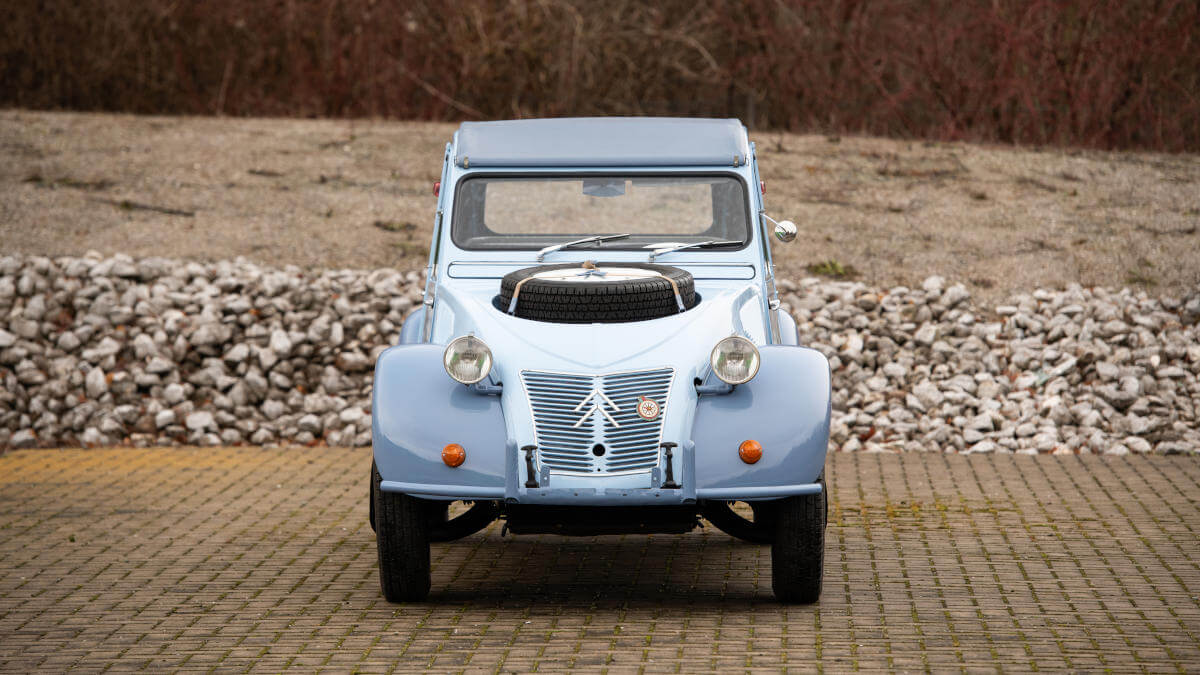

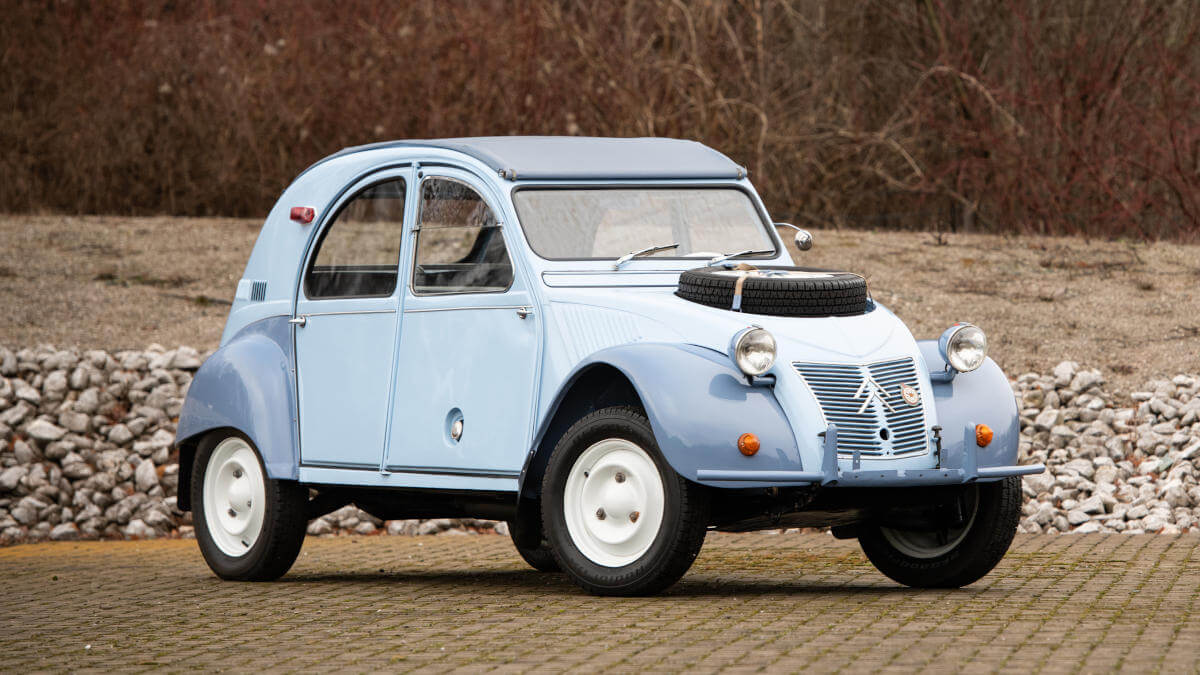







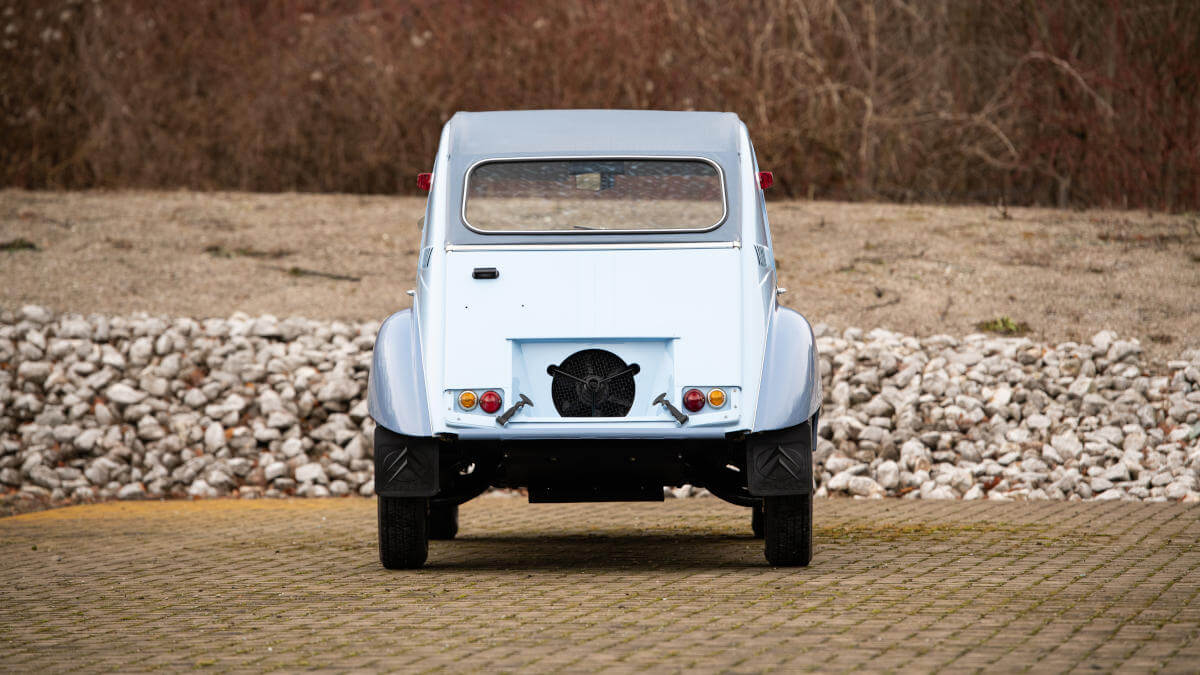



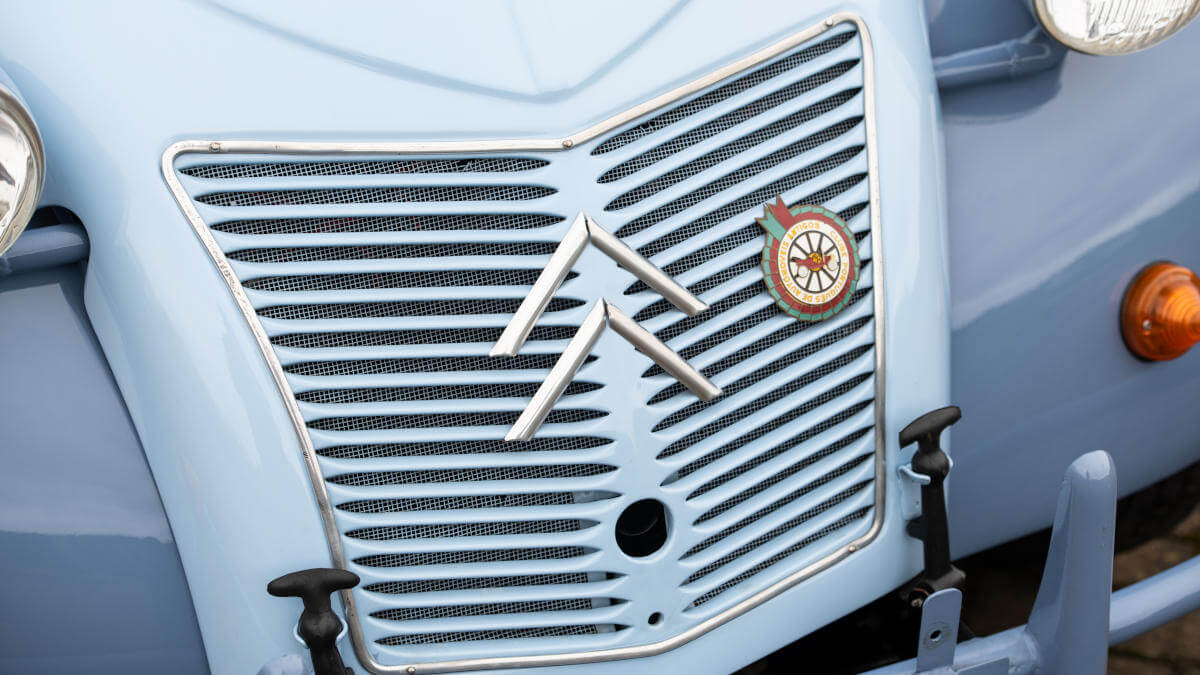

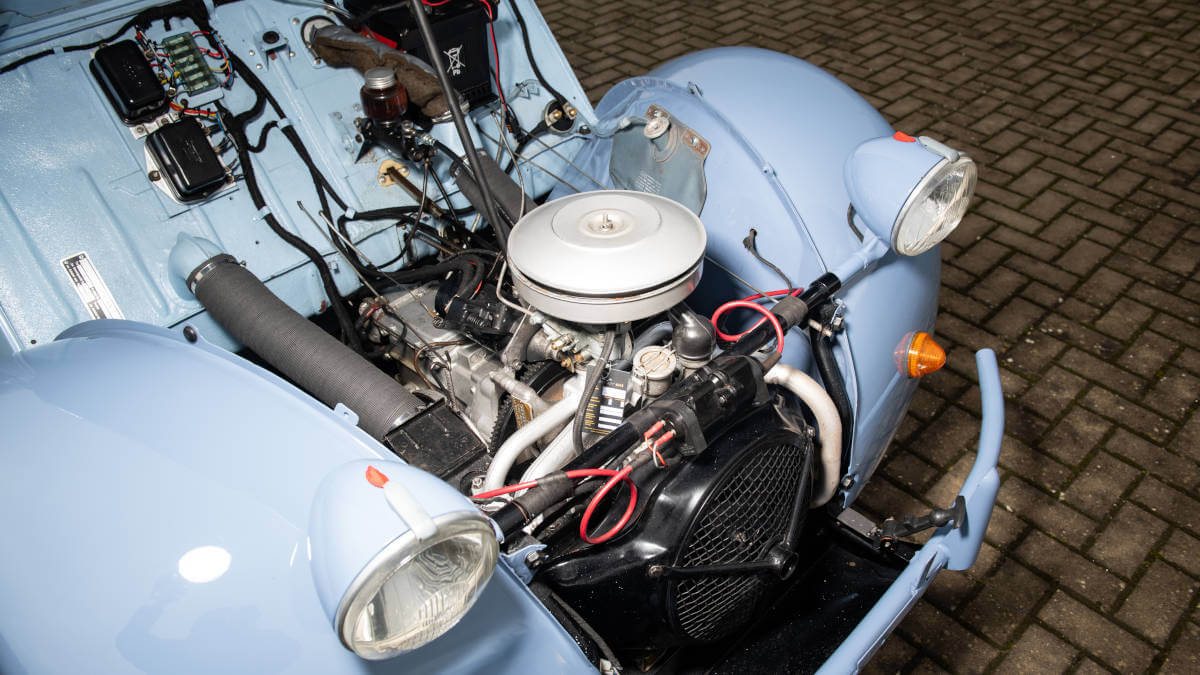







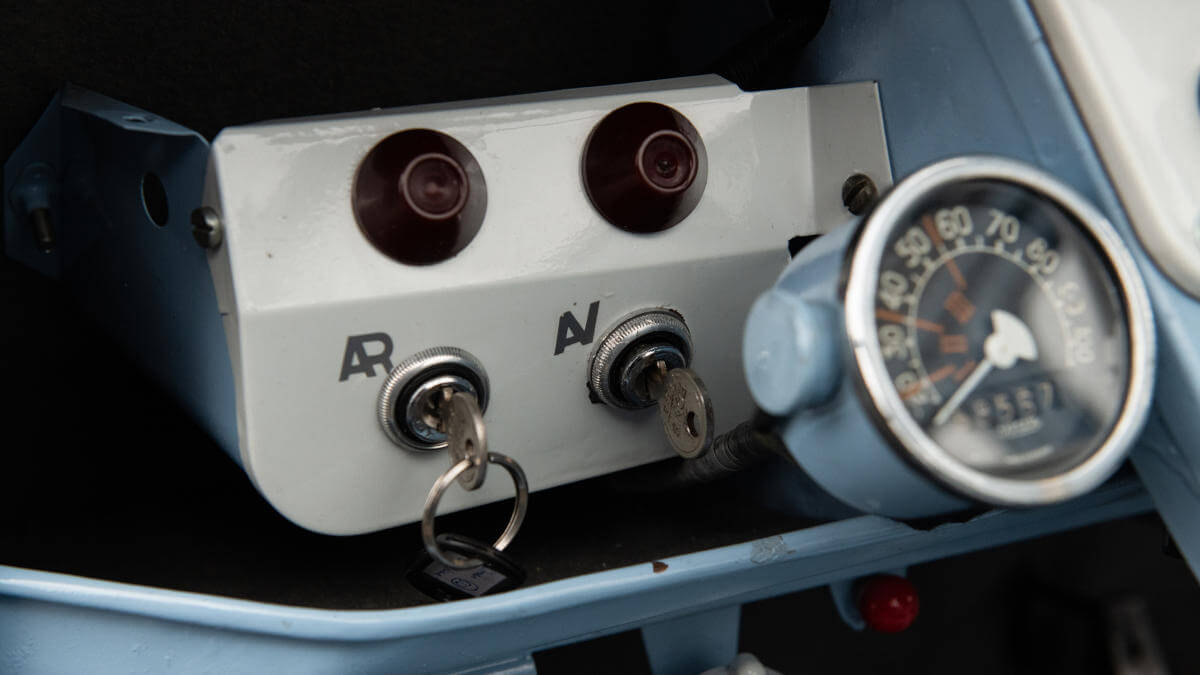



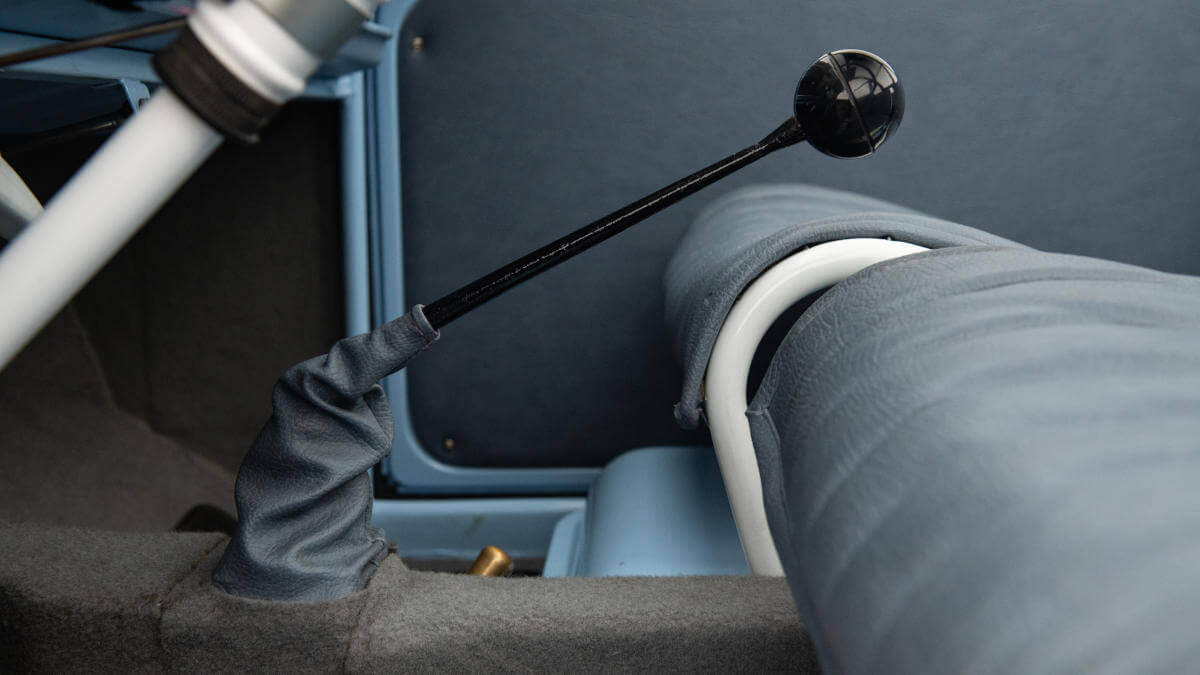





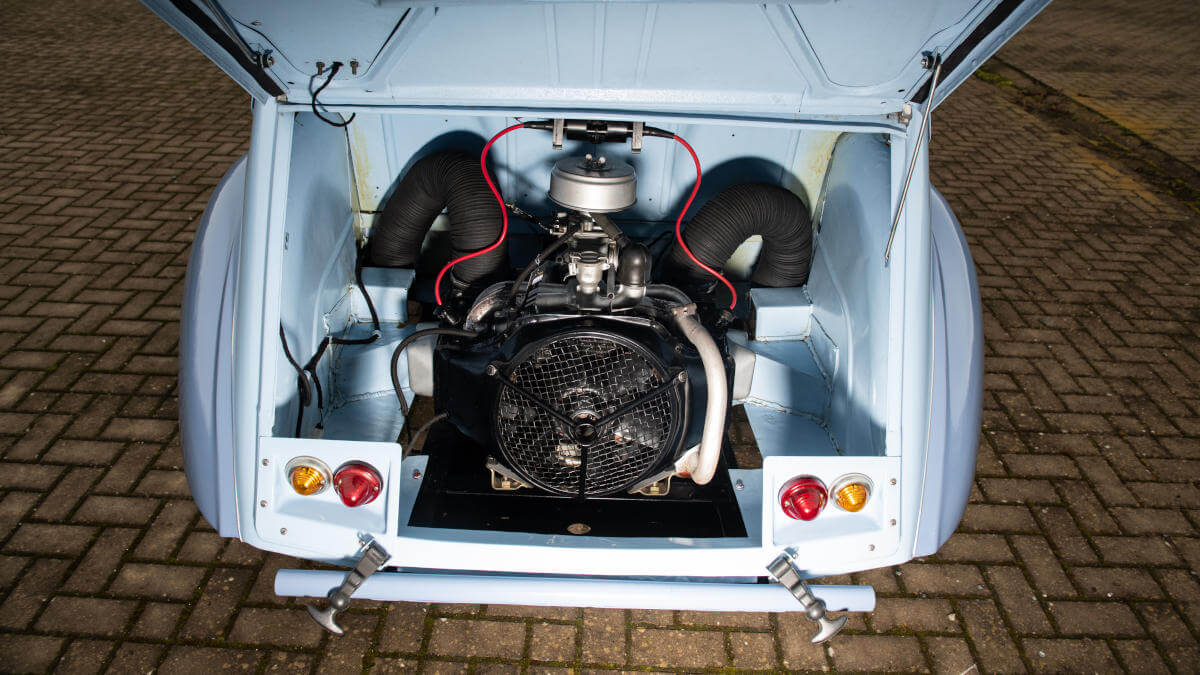



One of 694 at RM Sotheby’s
After the model was first introduced, two years passed before the 2CV 4×4 Sahara was officially available. From the outside, this variant can be identified by the spare wheel on the hood, the fuel filler caps in the front doors, other rear wheel covers, and the vent above the rear bumper. The basic price was twice as high as for a normal 2CV. This meant that demand was limited. Only 694 units were made between 1960 and 1971. One of which will go under the hammer this month at RM Sotheby’s as part of their “Open Roads” online auction. The first owner in Portugal was followed by the French construction conglomerate Sainrapt et Brice in 1966. From 1973, the car was again owned by a Portuguese for 30 years. After that, it changed hands a few times before being bought at auction by the current German owner in 2018. He made it was registered as a classic car in Germany. RM Sotheby’s doesn’t specify the estimate, but due to its rarity, a six-figure price can be assumed.
Images: RM Sotheby’s, Dirk de Jager


